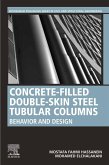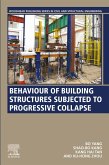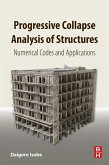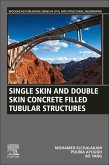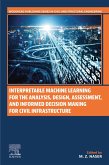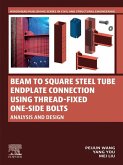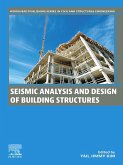Since the notorious terrorist attack of the World Trade Center in 2001, researchers and engineers have been forced to review the existing research works and standards in resisting the progressive collapse of structures. From then on, the design of structure against progressive collapse has tended toward quantitative design, rather than qualitative design. The collapse of the COVID-19 epidemic isolation hotel in Quanzhou, China, in 2020 and the vertical collapse of a 12-story apartment in Florida, United States, in 2021 have aroused an upsurge of the research on progressive collapse. More experimental and theoretical works have been focused on this area. This book addresses this issue and provides a valuable reference for the progressive collapse analysis and design of building structures. - Reviews latest references systematically in terms of experiments, simulation, and theory - Introduces different test equipment used in the tests of progressive collapse and also modeling techniques used in the numerical studies of progressive collapse - Includes performance prediction theories used in the analysis of progressive collapse - Comprises considerable information on the tests and simulation and theoretical studies collected from the authors' research in the last 10 years
Dieser Download kann aus rechtlichen Gründen nur mit Rechnungsadresse in A, B, BG, CY, CZ, D, DK, EW, E, FIN, F, GR, HR, H, IRL, I, LT, L, LR, M, NL, PL, P, R, S, SLO, SK ausgeliefert werden.



